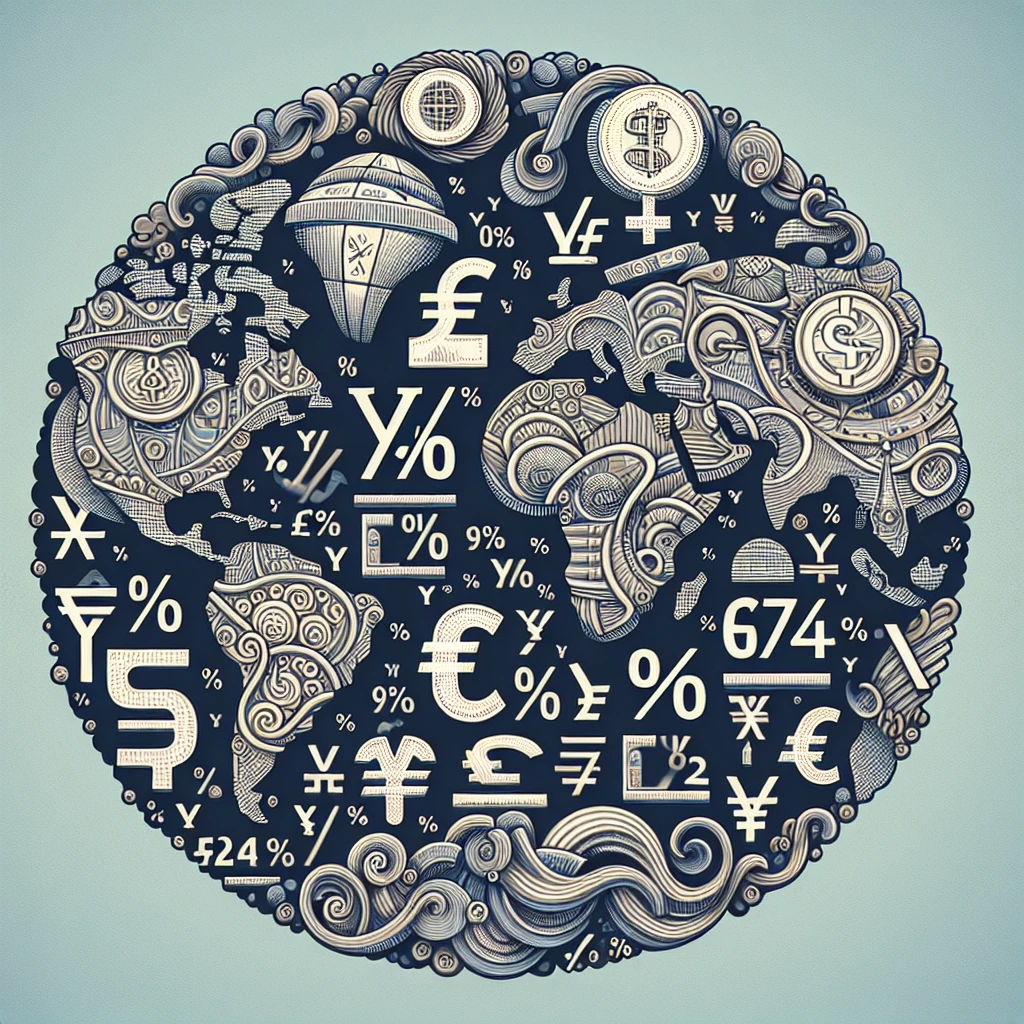What is VAT/GST?
When diving into the realm of ecommerce, understanding the intricacies of Value-Added Tax (VAT) and Goods and Services Tax (GST) is crucial for entrepreneurs. These are forms of consumption tax that are applied to the cost of goods and services at each stage of production or distribution. Essentially, VAT/GST is a multi-stage tax levied on the incremental value added at each step of the supply chain, from production to the point of sale.
The genius of VAT/GST lies in its design to generate revenue for governments without stifling business growth. By taxing the 'value add' rather than the total sales amount, it encourages production efficiency and fair competition. Here's how it works:
- Manufacturers pay VAT/GST on raw materials and pass the tax incorporated into their product's price to retailers.
- Retailers then charge VAT/GST on the final product, remitting the tax collected minus what they've already paid on their inputs, to the government.
This system not only ensures a steady revenue stream for governments but also keeps the tax burden fair across the supply chain. For ecommerce entrepreneurs, mastering VAT/GST is not just about compliance; it's about understanding a key element that influences pricing strategies, market competitiveness, and ultimately, profitability. Delving into resources like accounting for VAT/GST can provide a deeper insight into managing these taxes effectively.

The Importance of VAT/GST for Ecommerce
For ecommerce businesses, VAT/GST isn't just a line item on a balance sheet; it's a pivotal factor that can determine market presence and profitability. The digital nature of ecommerce transcends borders, often resulting in a complex web of tax obligations. Failure to comply with VAT/GST requirements can lead to severe consequences, including hefty fines, legal disputes, and a tarnished brand reputation. Here's why understanding and adhering to VAT/GST regulations is indispensable for ecommerce entrepreneurs:
- Compliance Avoids Penalties: Non-compliance with VAT/GST laws can result in significant financial penalties that can cripple a small business. Beyond fines, businesses may face audits, legal action, or even forced closure.
- Accurate Pricing: VAT/GST impacts the final price of products. Without proper calculation, you could either overcharge customers or erode your margins by absorbing the tax yourself.
- International Expansion: As you scale your ecommerce business globally, you'll encounter varying VAT/GST rates and regulations (Navigating Global VAT/GST Rates). Understanding these is critical to avoid legal pitfalls and ensure smooth international transactions.
- Customer Trust: Transparency in pricing, which includes clear VAT/GST charges, fosters trust with customers. It demonstrates that your business is legitimate and adheres to legal standards.
- Financial Planning: Accurate VAT/GST accounting is essential for financial forecasting and planning. It affects cash flow management, budgeting, and financial reporting.
Moreover, VAT/GST compliance is not just about avoiding negative outcomes; it can also present opportunities. For instance, businesses can often reclaim VAT/GST on business expenses, which can improve cash flow. Additionally, leveraging technology for VAT/GST management can streamline processes and reduce administrative burdens (Leveraging Technology for VAT/GST Management).
In conclusion, VAT/GST is not a mere tax obligation; it's an integral aspect of strategic financial planning for ecommerce businesses. Ignoring it can lead to dire financial and legal repercussions, while embracing it with a solid understanding can enhance your business's financial health and competitive edge. Therefore, investing time and resources into mastering VAT/GST is not just advisable; it's imperative for ecommerce success.
VAT vs GST: Understanding the Differences
Peeling back the layers of tax terminology can be as complex as the regulations themselves, especially when it comes to understanding the nuances between Value-Added Tax (VAT) and Goods and Services Tax (GST). Both are indirect taxes levied on the consumption of goods and services, but key differences in their implementation can have significant implications for businesses operating across borders.
Here's a deep dive into VAT vs GST:
- Point of Levy: VAT is typically collected at multiple stages of the production and distribution process, with the tax burden shared among all parties involved in the supply chain. In contrast, GST is often levied at a single point of sale, making it a destination-based tax.
- Method of Implementation: VAT systems are prevalent in over 160 countries, including the European Union, where it's harmonized but applied differently in each member state. GST, on the other hand, is popular in countries like Canada, Australia, and India, where it may be unified across the country or differ at state and federal levels.
- Input Tax Credits: Both VAT and GST allow businesses to claim input tax credits, which means they can deduct the amount of tax they've paid on their inputs from the tax they collect on sales. However, the procedures and eligibility criteria for claiming these credits can vary widely between VAT and GST regimes.
- International Considerations: When selling internationally, ecommerce businesses must navigate the complexities of VAT and GST rates and regulations that vary by country. This can affect everything from pricing strategies to compliance requirements (The Impact of VAT/GST on Ecommerce Pricing Strategies).
Understanding these differences is more than academic; it's a practical necessity for ecommerce entrepreneurs aiming to expand their reach globally. A misstep in tax compliance can lead to a tangled mess of legal issues and financial strain. Moreover, savvy business owners can use their knowledge of VAT and GST to optimize their pricing and supply chain strategies, turning a potential headache into a competitive advantage.
For instance, by understanding the intricacies of input tax credits, businesses can make informed purchasing decisions that minimize tax liability. Additionally, by being aware of the point of levy for VAT and GST, companies can structure their operations to take advantage of tax efficiencies.
In conclusion, while VAT and GST might seem interchangeable at first glance, the devil is in the details. Ecommerce entrepreneurs must not only grasp the basic principles but also the subtle distinctions that can make or break their international business ventures. As the digital economy continues to erase traditional borders, a robust understanding of these tax systems becomes an essential part of the financial toolkit for any business looking to thrive in the global marketplace.







